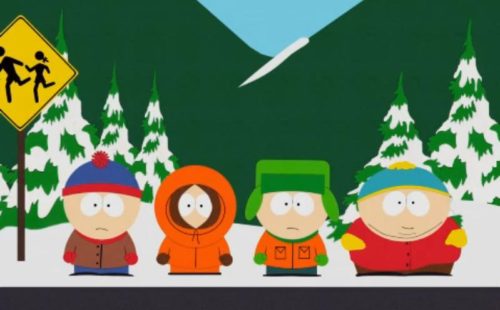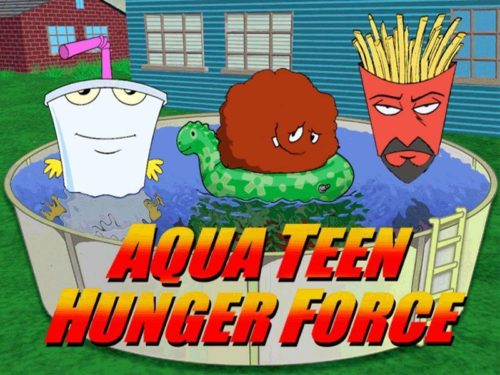

Not Quite Horror contains reviews of films not traditionally considered horror films. By analyzing them as horror films (identifying the monster, discussing the shared worry for the audience and the main characters, and understanding the depth of horror available to the viewer), who knows? There’s more than one way to watch a movie.
“Scott Tenormen Must Die†(South Park 2001)
“The Shaving†(Aqua Teen Hunger Force 2003)
The Monster: In both episodes of these television shows, the monster is a disturbed maniac. Willie Nelson, in “The Shaving,†does a better job of hiding his monstrosity as he is lamely tries to frighten people on Halloween. Eric Cartman, the legendary hero of “Scott Tenormen Must Die,†has never been shy about his sadism. In this episode, however, Cartman takes evil to the next level.
The Horror: The expected hijinks and hilarity go to a different, darker place when these episodes finish their stories. Pranks and shenanigans escalate to cannibalism and mass murder.
Animated comedies often take back their most extreme moments with some sort of fourth-wall-breaking joke or character waking up from a dream. These episodes offer no such solace. Willie Nelson’s lair of dismembered bodies – a haul that would make Leatherface green with envy – is lingered upon until we realize the episode isn’t backing away from his slaughter. When Cartman reveals to Scott Tenormen the full extent of his revenge, he cackles and tastes Scott’s tears for longer than the average viewer might want him to.
The Shared Fate: Awful things are done by people who have lives outside of their crimes and transgressions. We don’t usually meet the worst people in our lives while they’re committing their worst sins. We meet them in better moments and then find ourselves forced to face what they are capable of when they reveal who they really are.
You may not have friends keeping a year’s supply of slaughtered corpses in your attic, like Willie Nelson. You may not have a friend who would trick you into eating the murdered flesh of your family like Cartman did.
But you’re never really SURE about all of your friends, are you?
— I am indebted to Noel Carroll’s The Philosophy of Horror for his ideas on defining horror, as well as John Skipp and Craig Spector’s article “Death’s Rich Pageantry, or Skipp & Spector’s Handy-Dandy Splatterpunk Guide to the Horrors of Non-horror Film†in Cut! Horror Writers on Horror Film for a similar idea.–
–Axel Kohagen
